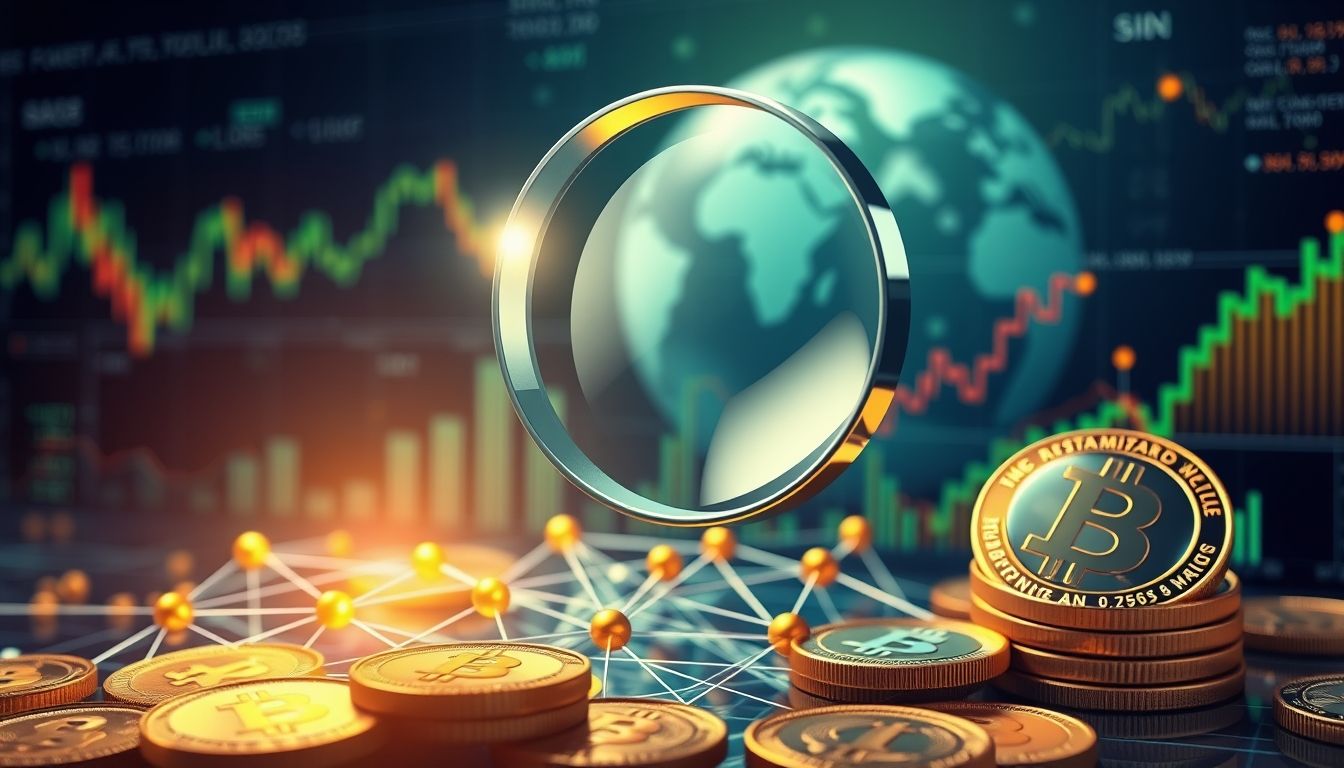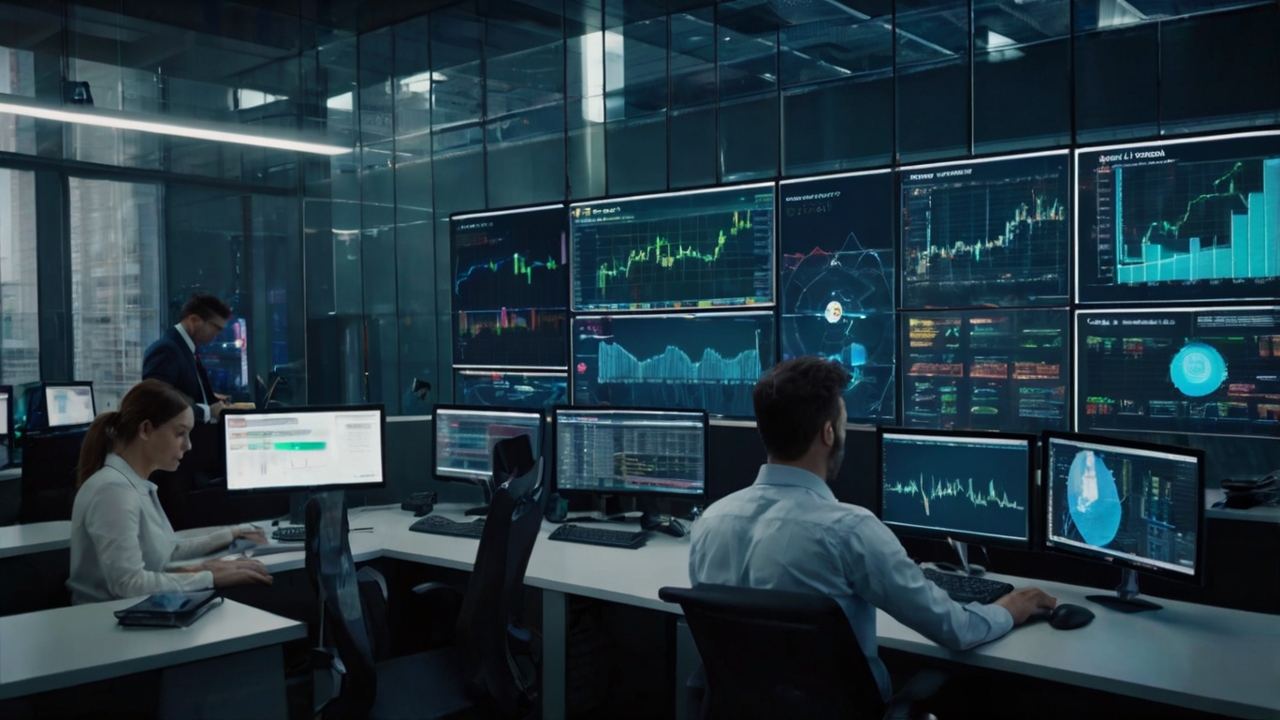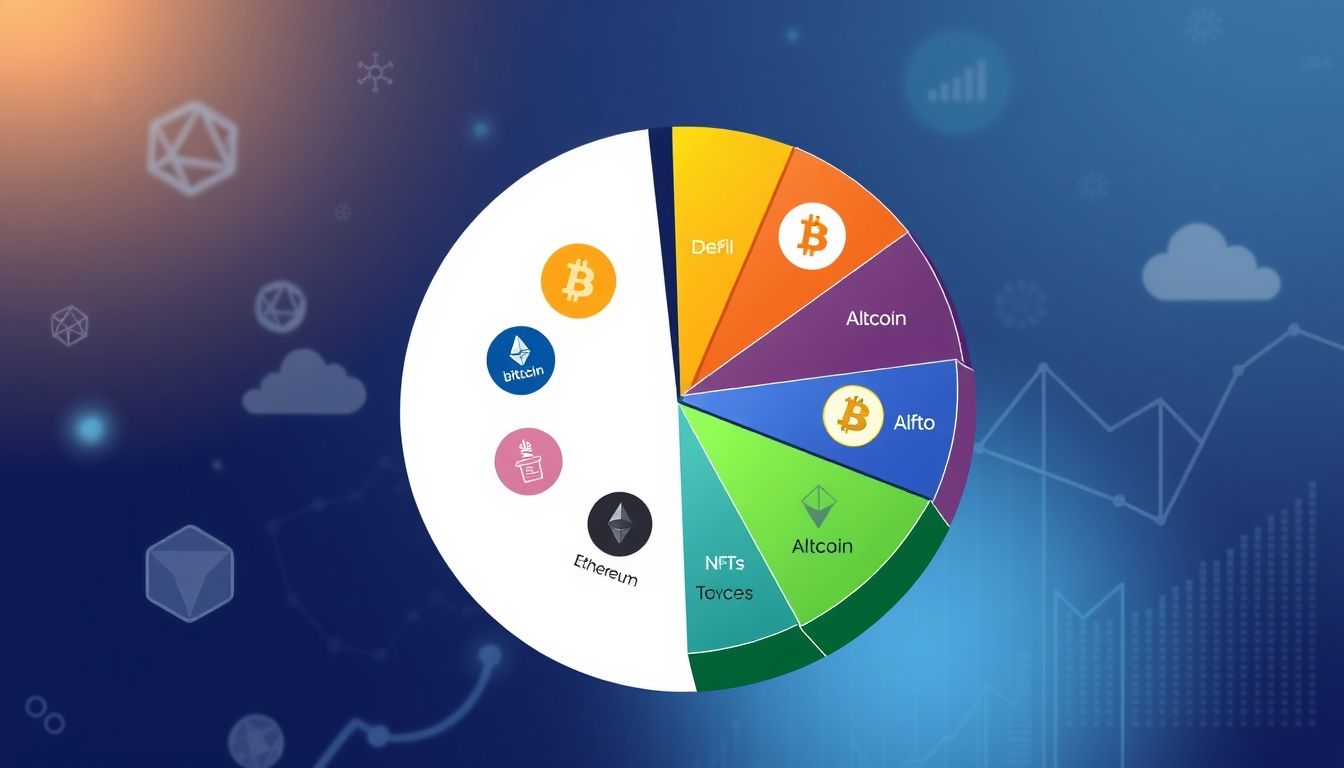Introduction: Why is Analyzing Cryptocurrency Projects Important?
In the fast-paced world of cryptocurrencies, investing without careful analysis is akin to gambling. Before allocating capital to any project, it is crucial to understand its fundamentals, assess its potential, and identify potential risks. This comprehensive guide aims to equip you with the tools and knowledge necessary to make informed investment decisions in this volatile market.
Chapter 1: Understanding the Basics of Blockchain and Cryptocurrencies
Before delving into the details of project analysis, it is essential to understand the underlying technology. Blockchain is a distributed, decentralized, and secure database. Cryptocurrencies are applications of this technology, using it to facilitate digital transactions.
Key Concepts:
- Blockchain: A digital record of transactions distributed across a network of computers.
- Decentralization: No central authority controls the network.
- Cryptography: Cryptocurrencies use cryptography to secure transactions and control the creation of new units.
- Consensus: A mechanism used by the network to agree on the validity of transactions.
Example: Bitcoin is the first decentralized cryptocurrency based on blockchain. Ethereum, on the other hand, provides a platform for other decentralized applications.
Chapter 2: Evaluating the Whitepaper
The whitepaper is a crucial document that provides a comprehensive overview of the project. It should include the problem the project solves, the proposed solution, the technology used, the development team, the roadmap, and the tokenomics.
What to Look for in a Whitepaper:
- Clarity of Vision: Is the problem clearly defined? Is the proposed solution realistic?
- Technology: Is the technology used innovative? Does it have a competitive advantage?
- Development Team: Does the team have the necessary expertise to execute the project?
- Roadmap: Is the roadmap detailed and realistic? Does it include measurable milestones?
- Tokenomics: How are the tokens distributed? What are their uses? Are there incentives for users?
Example: When evaluating a whitepaper for a DeFi project, look for information about lending and borrowing mechanisms, interest rates, and risk management.
Chapter 3: Analyzing the Development Team and Advisors
The development team is the heart of the project. Look for information about their expertise, past experience, and involvement in other projects. Advisors can provide valuable expertise and guidance.
How to Evaluate the Team:
- Experience: Does the team have relevant experience in blockchain and fintech?
- Track Record: Does the team have a proven track record of success in other projects?
- Transparency: Is the team transparent about their identity and experience?
- Advisors: Do the advisors have relevant expertise? Are they respected in the industry?
Example: Look for team members on LinkedIn and verify their experience. Search for articles or interviews with them to assess their vision.
Chapter 4: Assessing the Technology and Infrastructure
Technology is the foundation upon which the project is built. Assess the infrastructure, scalability, security, and efficiency.
Key Evaluation Points:
- Scalability: Can the network handle a large number of transactions?
- Security: Is the network secure against attacks?
- Efficiency: Is the network fast and efficient in terms of energy consumption?
- Decentralization: How decentralized is the network really?
- Innovation: Is the technology used innovative? Does it have a competitive advantage?
Example: Evaluate the number of transactions per second (TPS) of the network. Look for any past security incidents.
Chapter 5: Analyzing Tokenomics
Tokenomics is the study of how tokens are designed, distributed, and used within the project's ecosystem. The tokenomics should be designed to incentivize users and contributors to participate in the network.
Essential Elements of Tokenomics:
- Total Token Supply: How many tokens exist?
- Token Distribution: How are the tokens distributed to the team, investors, and community?
- Use Cases: What are the uses of the tokens?
- Burning Mechanisms: Are there mechanisms to burn tokens to reduce supply and increase value?
- Governance: How are the tokens used to participate in the project's governance?
Example: Evaluate whether there is excessive token inflation, which could lead to a decrease in value.
Chapter 6: Analyzing Competition and the Market
Assess the competition in the market. Are there other projects solving the same problem? What is the competitive advantage of the project?
Questions to Ask:
- Competitors: Who are the main competitors?
- Competitive Advantage: What is the project's competitive advantage?
- Market Size: What is the potential market size?
- Growth: What is the expected growth rate of the market?
Example: Analyze competing projects in terms of technology, community, and partnerships.
Chapter 7: Evaluating Community and Marketing
A strong community is a sign of a healthy project. Assess the size of the community, its engagement, and its activity. Effective marketing can help raise awareness of the project and attract users.
How to Evaluate Community and Marketing:
- Size: What is the size of the community on social media?
- Engagement: Is the community active and engaged in discussions?
- Marketing: Is the project doing effective marketing?
- Reputation: What is the project's reputation in the community?
Example: Check the number of followers on Twitter and Telegram. Evaluate the level of engagement in forums and groups.
Chapter 8: Risk Analysis
Investing in cryptocurrencies involves risks. Assess potential risks before investing.
Types of Risks:
- Market Risks: Price volatility.
- Technology Risks: Bugs in the code.
- Regulatory Risks: Changes in laws and regulations.
- Fraud Risks: Scam projects.
- Liquidity Risks: Difficulty selling tokens.
Example: Assess how sensitive the project is to market changes. Look for any warning signs of scam projects.
Chapter 9: Tools and Resources for Analyzing Cryptocurrencies
There are many tools and resources available to help you analyze cryptocurrency projects.
Useful Tools and Resources:
- CoinMarketCap and CoinGecko: For information on cryptocurrency prices and trading volume.
- Messari: For detailed data and analysis on projects.
- Glassnode: For on-chain data.
- Cryptocurrency Exchanges: Such as Binance and Coinbase.
- News Sites and Blogs: For the latest news and analysis.
Example: Use CoinMarketCap to monitor the performance of different cryptocurrencies. Use Messari to get data on tokenomics.
Chapter 10: Conclusion and Final Tips
Analyzing cryptocurrency projects before investing is a complex but necessary process. Use the tools and knowledge you have gained in this guide to make informed investment decisions.
Final Tips:
- Do Your Own Research: Don't rely on the opinions of others.
- Only Invest What You Can Afford to Lose: Investing in cryptocurrencies involves high risks.
- Diversify Your Portfolio: Don't put all your eggs in one basket.
- Be Patient: Investing in cryptocurrencies is a long-term investment.
- Stay Informed: The cryptocurrency market is constantly changing.
Disclaimer: This article is for informational purposes only and does not constitute financial advice. Before making any investment decisions, consult a qualified financial advisor.




